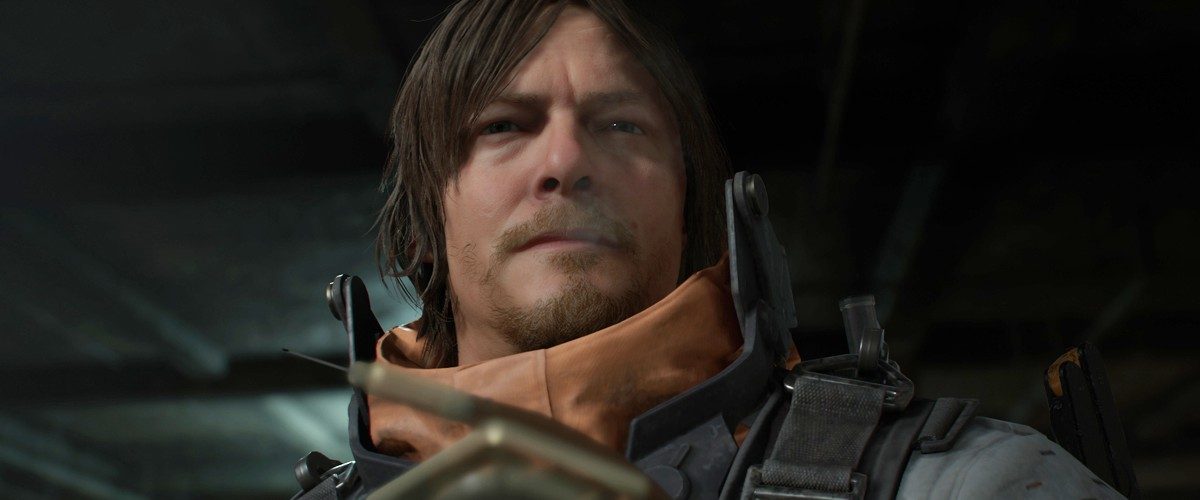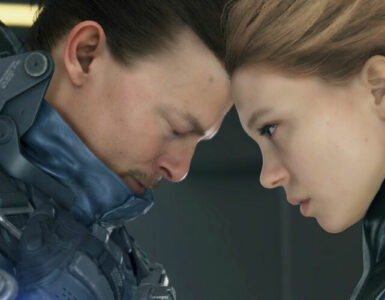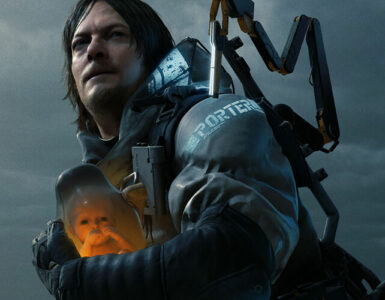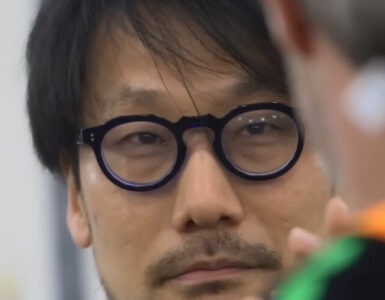Hideo Kojima’s highly-anticipated Death Stranding continues to be a puzzling mystery with every new trailer release, and the urinating mechanic demonstrated in the first uncut gameplay of the title over at Gamescom 2019 only serves to add to the confusion.
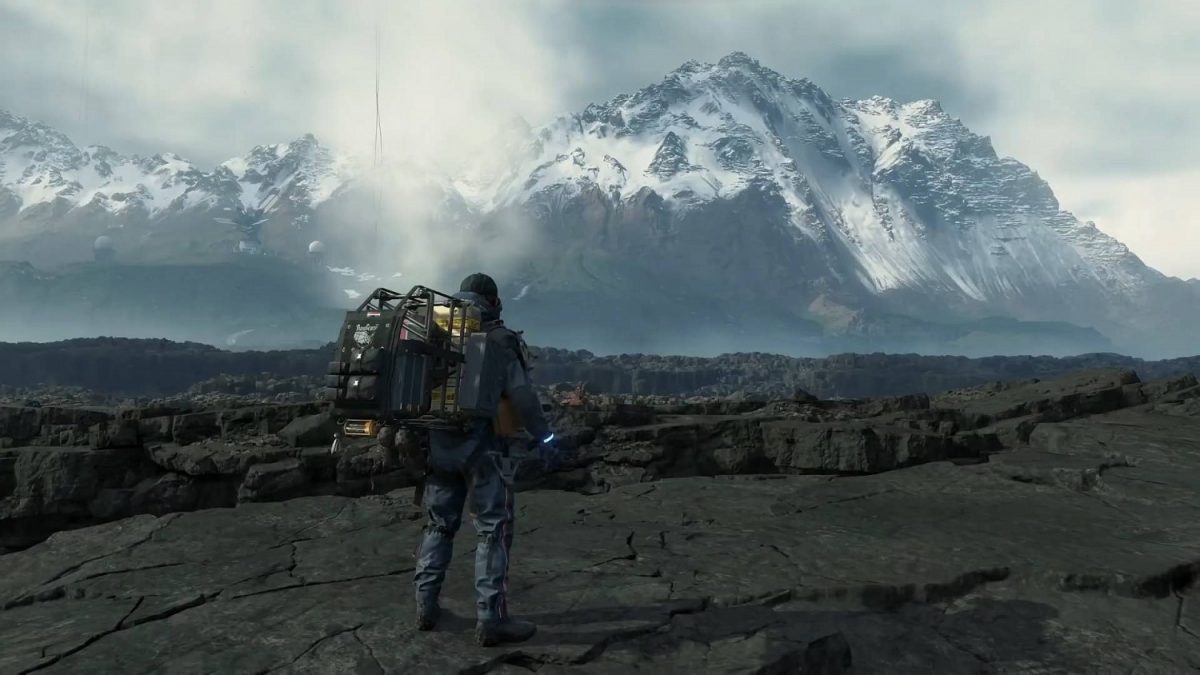
As it turns out, however, the game isn’t all that difficult to understand – or so GamesRader puts forth. Instead, it takes on an extremely simple concept, one that’s nestled beneath all the metaphysical, obscure, and purposeful undertones.
Connection is at the heart of it all.
In the era of quick travel in video games, Death Stranding stood out because there’s a whole lot of walking involved. Norman Reedus’ main mission as protagonist Sam Porter Bridges sees him walking across the coasts of the USA, and reactivating various communication nodes along the way to unite an isolated, ambivalent population by spreading a message of hope. Idealistic? Perhaps so, but the theme of connection certainly comes through strongly here.

Reaching the end of the journey is hardly an easy task, though. In the midst of it, players will retrace the steps of Amelie, daughter of the President of the United Cities of America (UCA), who ended up being kidnapped by terrorist group Homo Demens in Edge Knot City just as she was about to accomplish her goal.
Her objective, as it’s later revealed, involves the establishment of a communication network to relay messages across the country, which also holds a personal stake for Amelie. With her mother Bridget on the verge of death, this network serves as the older woman’s only means to deliver a message of unity to the masses.
The issue of disconnection in Death Stranding can be traced back to a terrorist attack on Central Knot City before the current timeline. Through the use of ‘Void Outs’, otherwise known as the act of coming back from the ‘Other Side’, individuals have isolated themselves from both the government and one another in fear, choosing to brave through the wildlands alone instead.
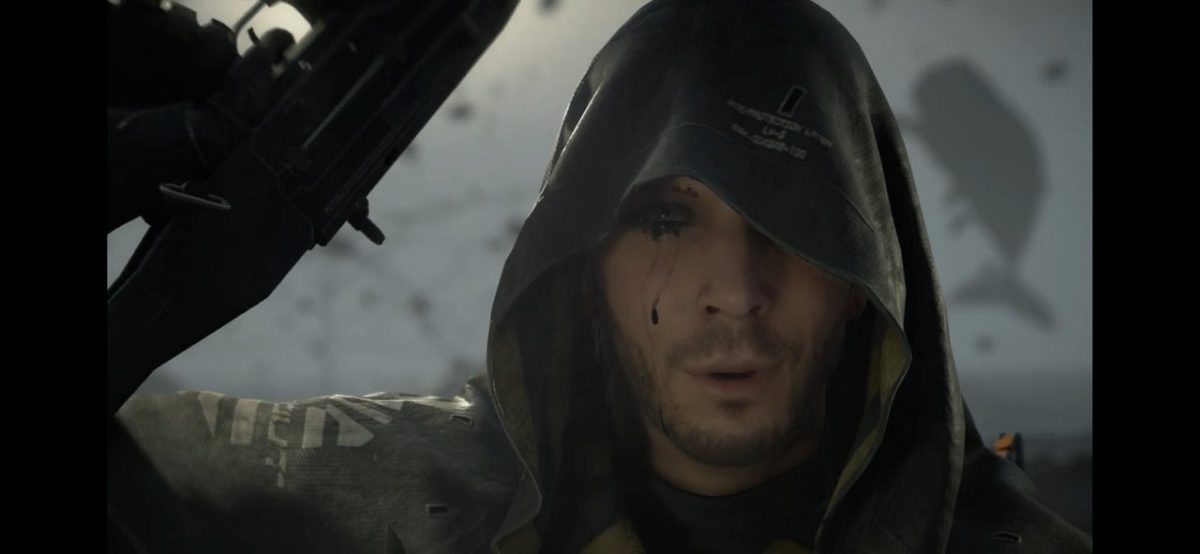
Solitude brews trouble, and the central antagonistic force comes in the form of the aforementioned Homo Demens. Made up of separatists and terrorists, the group believes in fighting for their own independence, and has positioned themselves in Edge Knot City, which is where Amelie is being held hostage at. Despite that, she’s still able to project a holographic image to Sam, communicating that she’s safe, and free to talk to him.
Connect the dots together, and the story direction is clear. Sam is bestowed with the task to revive the nation’s communication network, and rescue Amelie from the hands of the Homo Damens and their leader, Higgs – the Man in the Golden Mask played by Troy Baker –, while broadcasting the message of a dying president. The key to reactivating the nodes is presented in the form of a Q-PIP, a USB-looking metal necklace that’s worn on Sam’s neck.
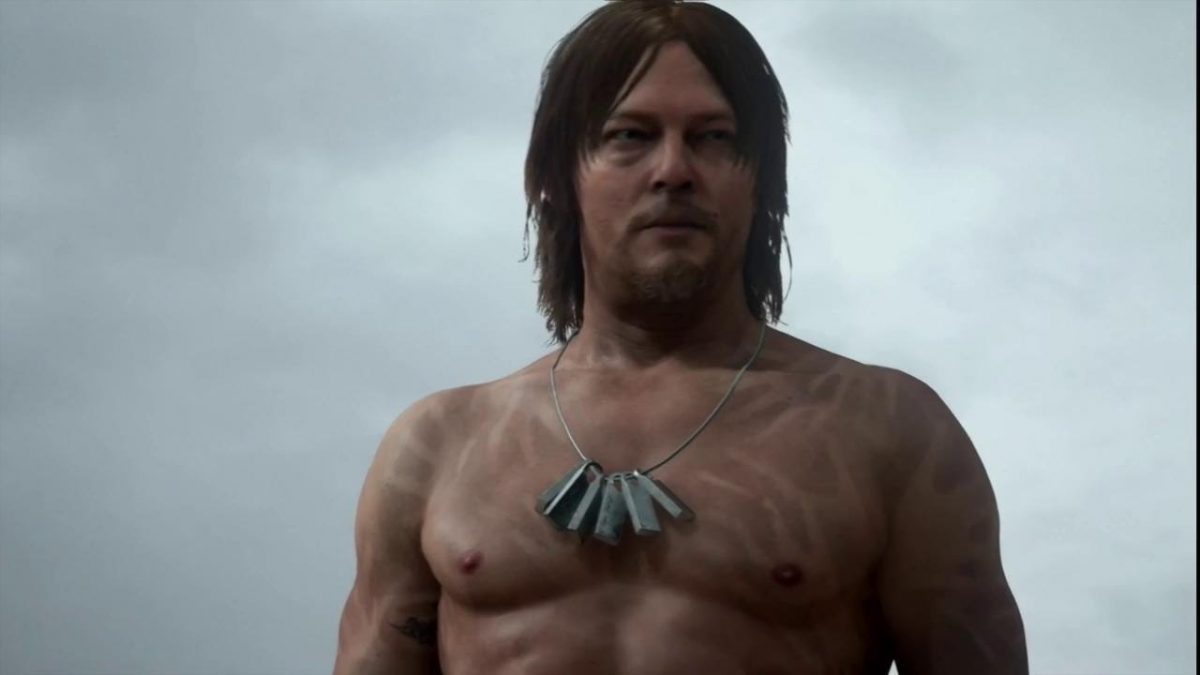
With Kojima’s penchant for stirring intrigue and confusion, fan theories have expectedly made their rounds to the Internet. An interesting observation of the Q-Pip yields an equation inscribed on each of its six tags that seems to hint at a gravity-defying power of some sort.
Alas, the truth is a little anti-climatic. Assigned to Sam by Die-Hardman, a black face mask-clad gentleman in the trailers, the Q-PIP works just like a normal security key, not one of those fancy keys that can disrupt the fabric of time, and all that. In fact, it’s exactly the kind of key that postmen use to unlock postboxes, which isn’t too far from the truth in the world of Death Stranding.
As touched upon earlier, this necklace is required to unlock the Cryon terminals – offline communication relays that Sam has to bring back to life. By hooking each of this up to the overall Chiral Network system, a bond (or strand, if you’d prefer) will be created, which the UCA can then use to increase the reach of their message, and slowly work towards rebuilding lost connections.

Along the way, players can track their progress through the map, with a radial spray marking out the distance reach following a network connection, and pop-up metres indicating the strands made with other NPCs by completing their quests and miscellaneous tasks.
Now that some semblance of the plot is falling into place, much of that previously revealed content does make a lot more sense, including the Death Stranding title itself. Of course, Kojima being Kojima, there’s still considerable ambiguity waiting to be exposed, such as the in-game online elements, combat mechanics, plot details regarding the Other Side, and the purpose of having decaying babies in utero.
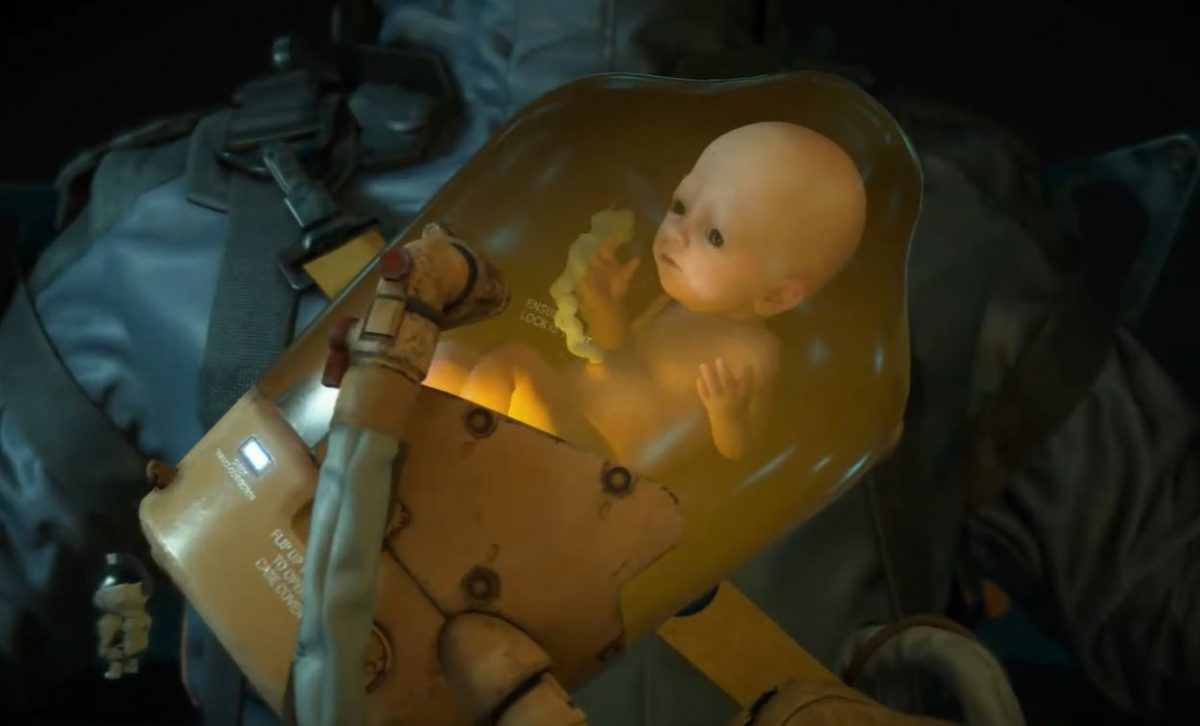
Considering how far our understanding of the game has come since its very first, very vague reveal, the knowledge that it’ll feature tons of walking, point activation, fetch quests, and a fundamentally simple narrative is certainly more than enough. With Death Stranding due for release on November 8, 2019, there’s still some time for more information to drop, but in the (highly likely) case Kojima decides to keep his cards close to his chest, it’s really a good thing three months isn’t that long of a wait.

